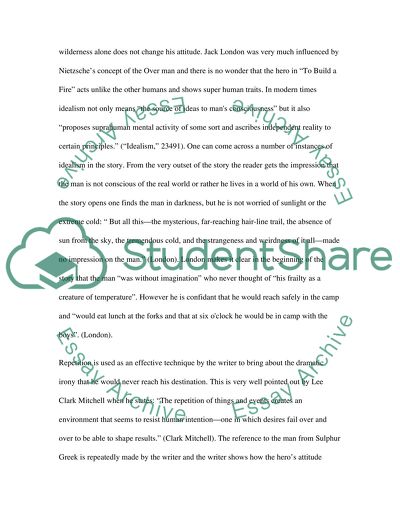Cite this document
(“Jack London as an Idealist Writer Book Report/Review”, n.d.)
Retrieved from https://studentshare.org/literature/1508906-to-build-a-fire-by-jack-london
Retrieved from https://studentshare.org/literature/1508906-to-build-a-fire-by-jack-london
(Jack London As an Idealist Writer Book Report/Review)
https://studentshare.org/literature/1508906-to-build-a-fire-by-jack-london.
https://studentshare.org/literature/1508906-to-build-a-fire-by-jack-london.
“Jack London As an Idealist Writer Book Report/Review”, n.d. https://studentshare.org/literature/1508906-to-build-a-fire-by-jack-london.


